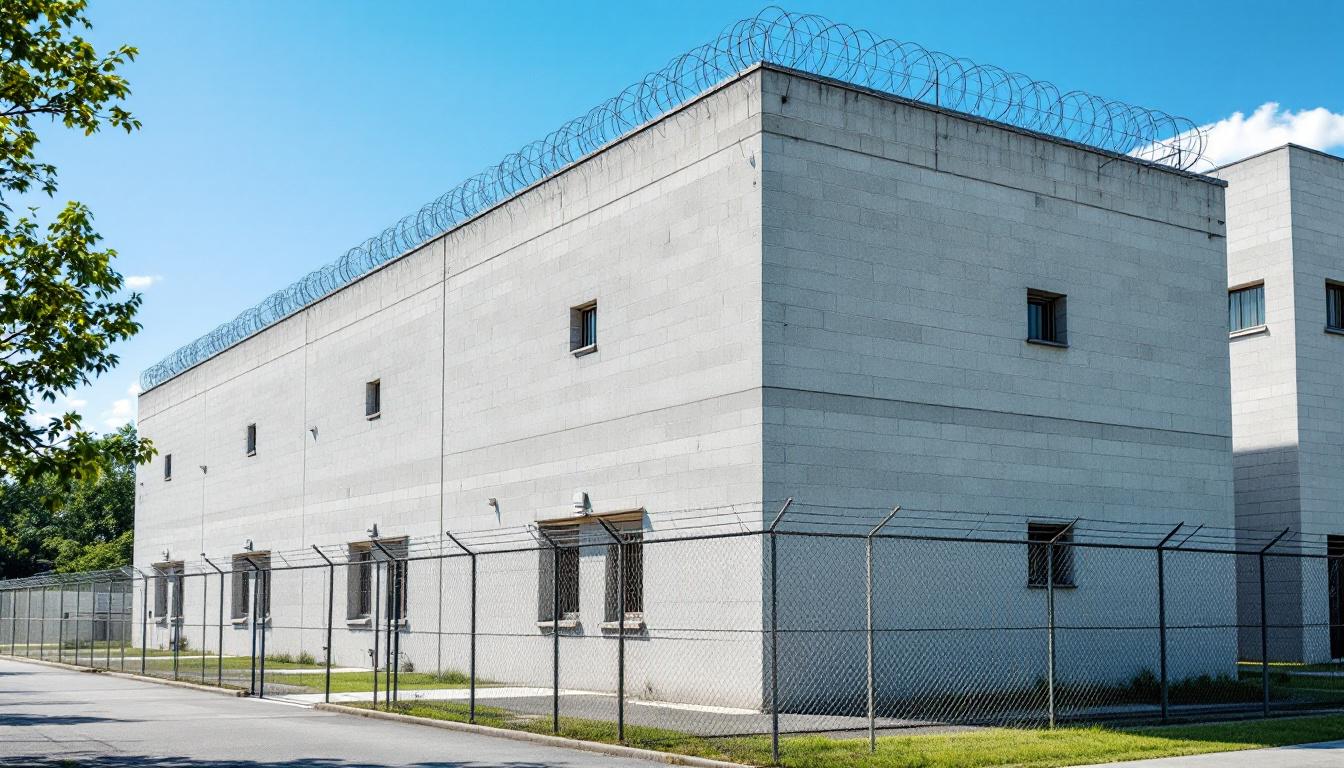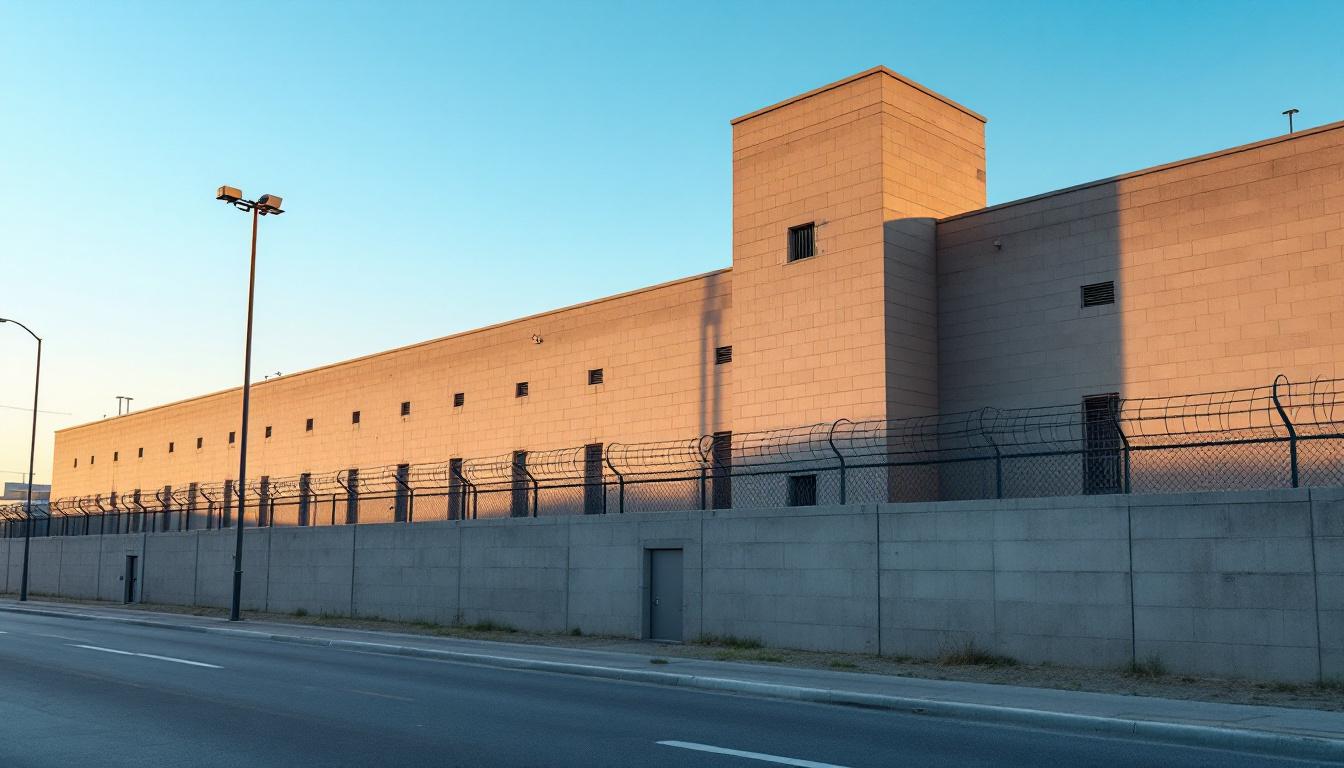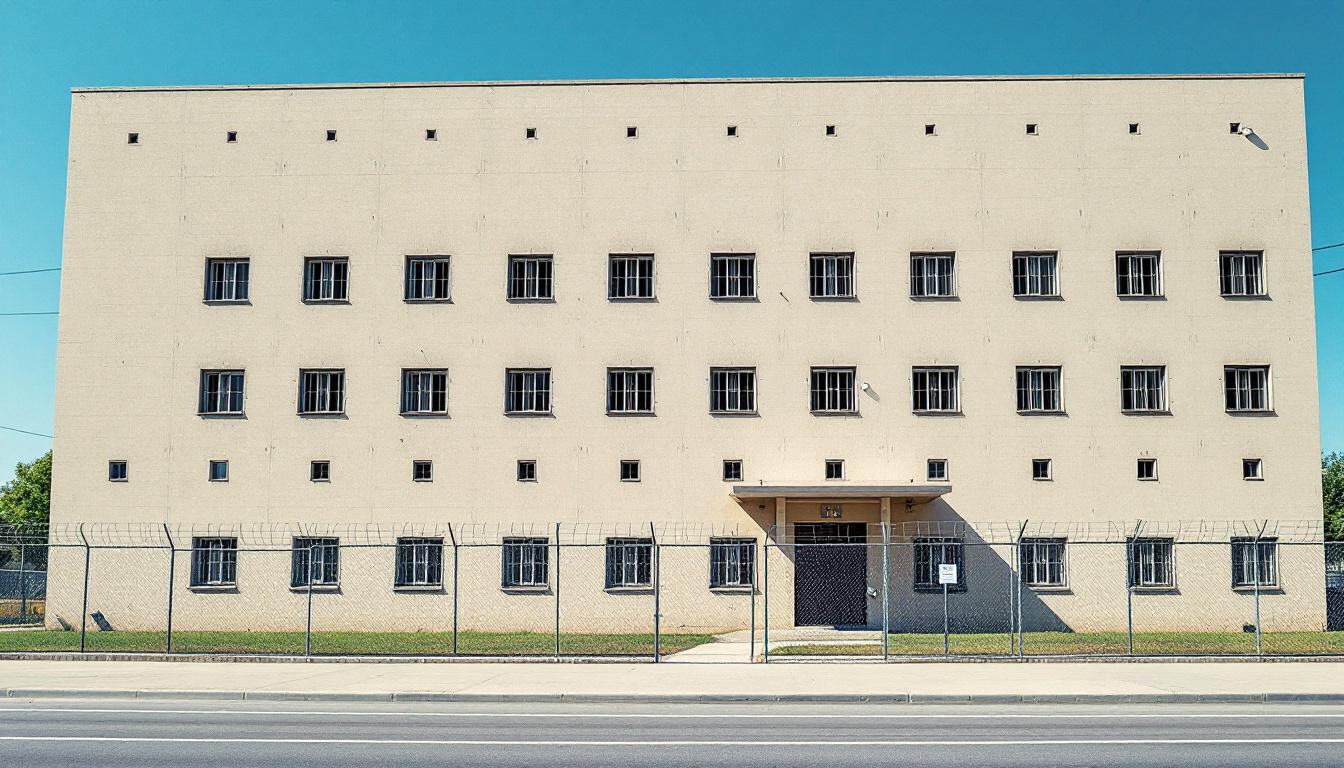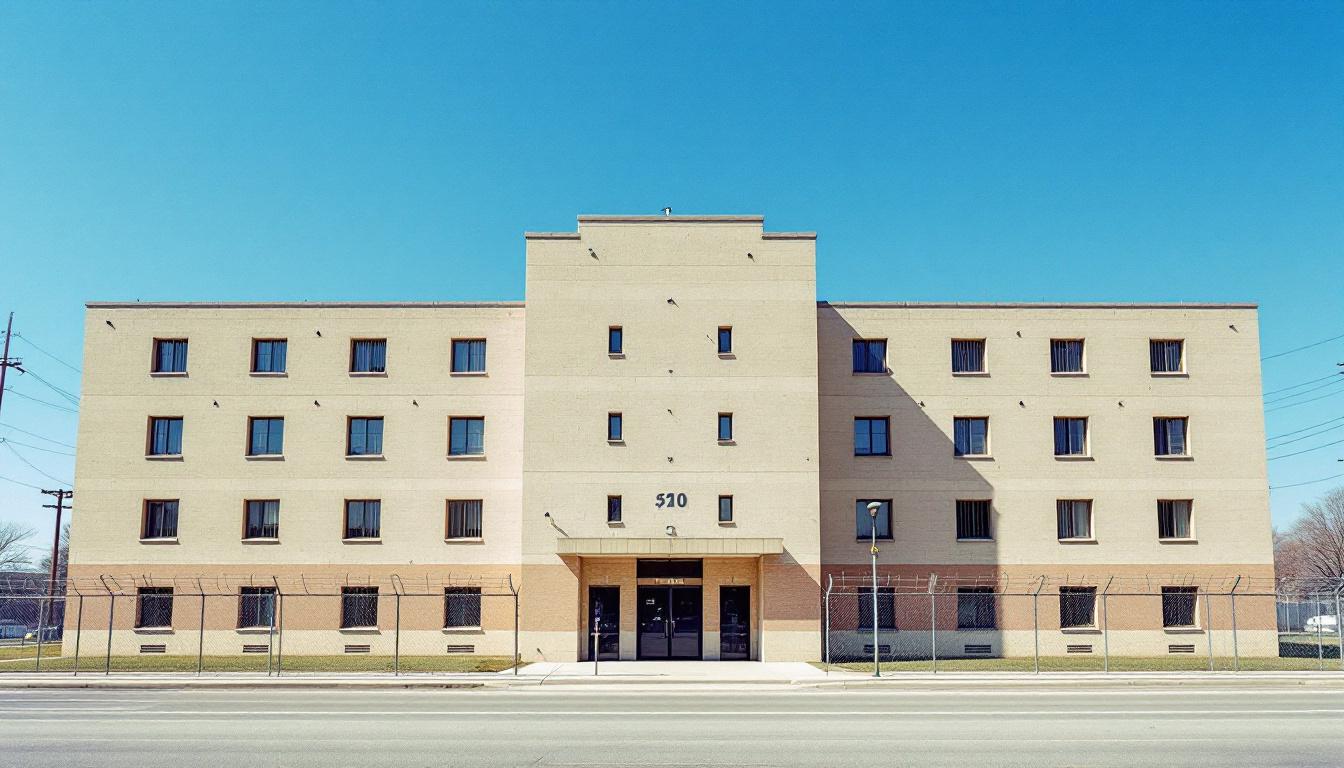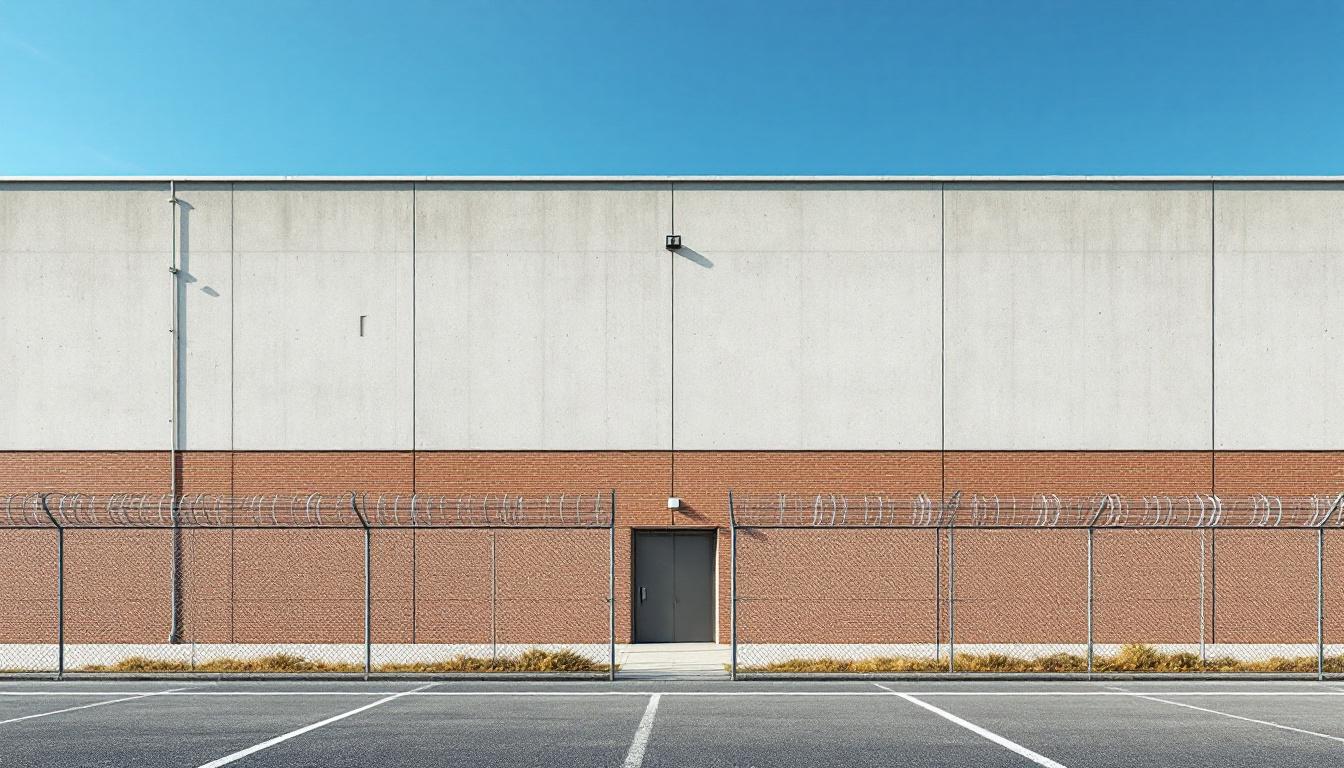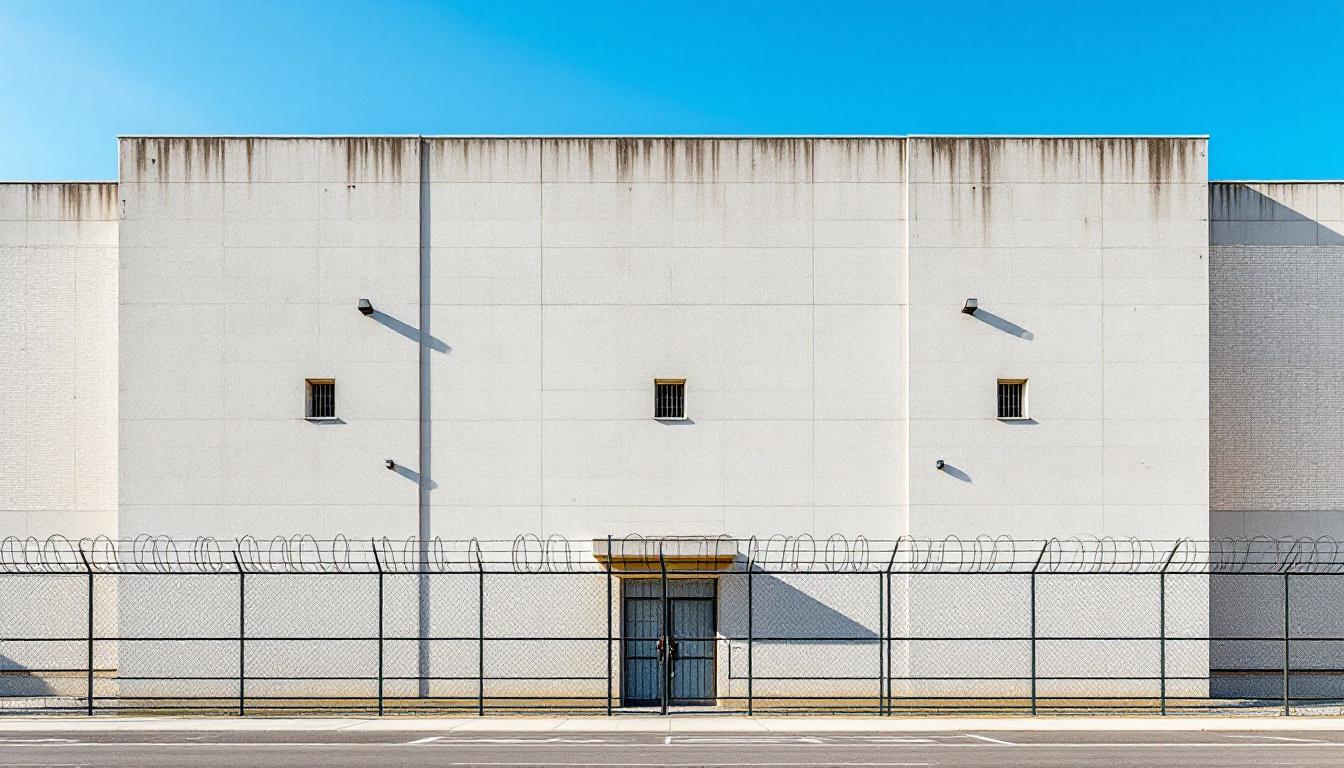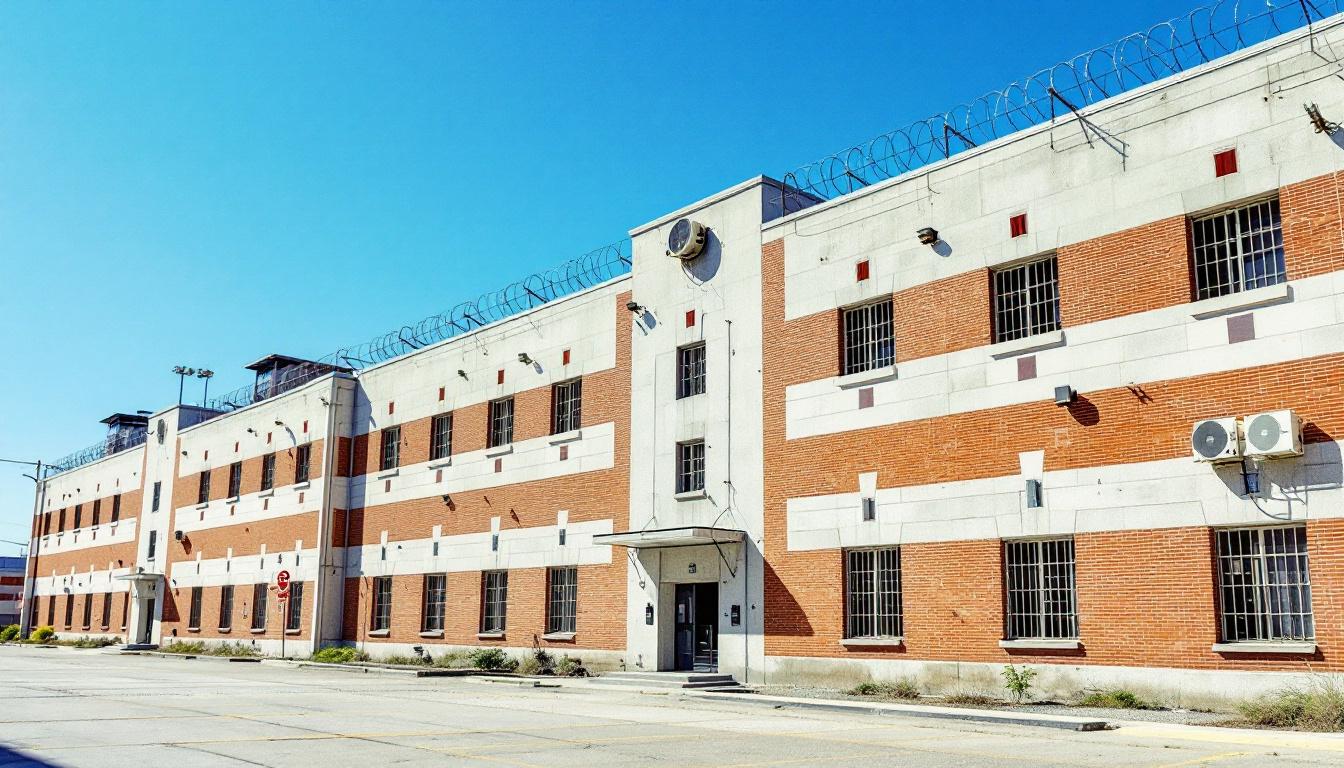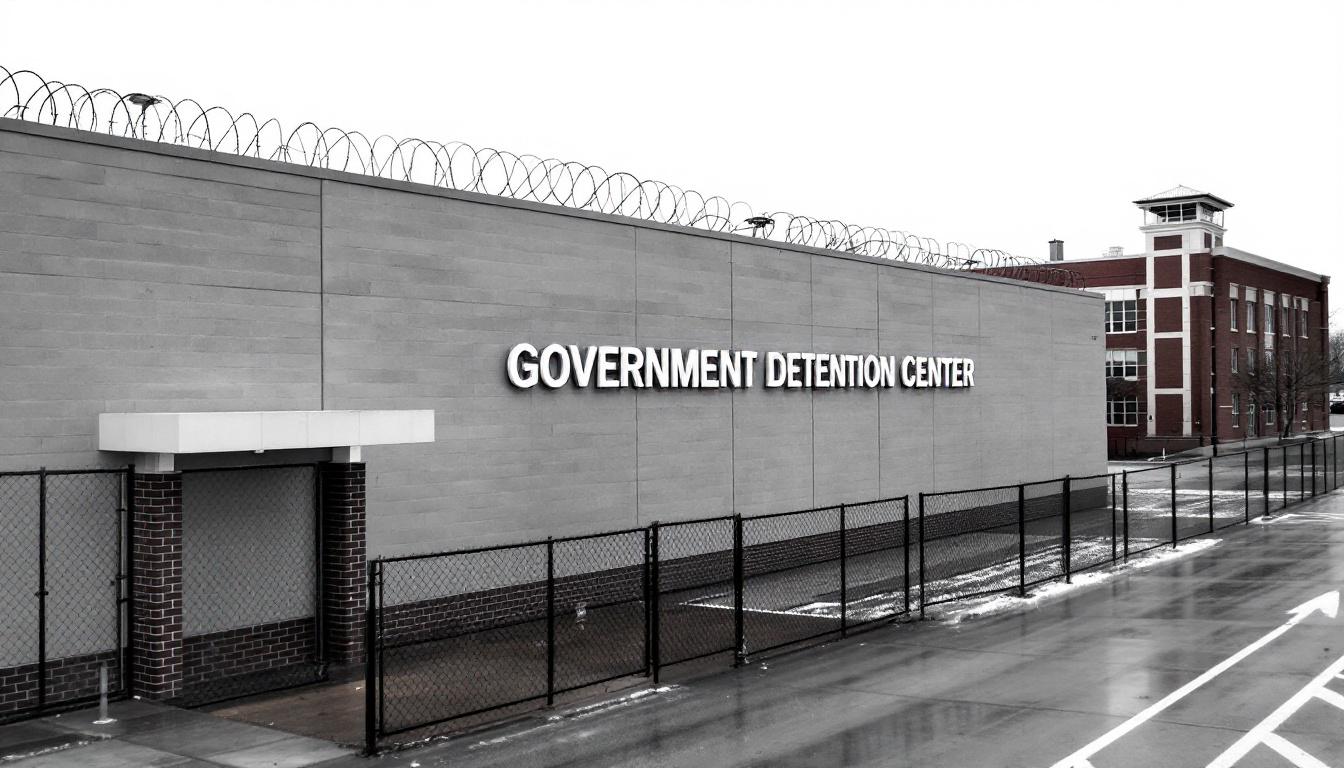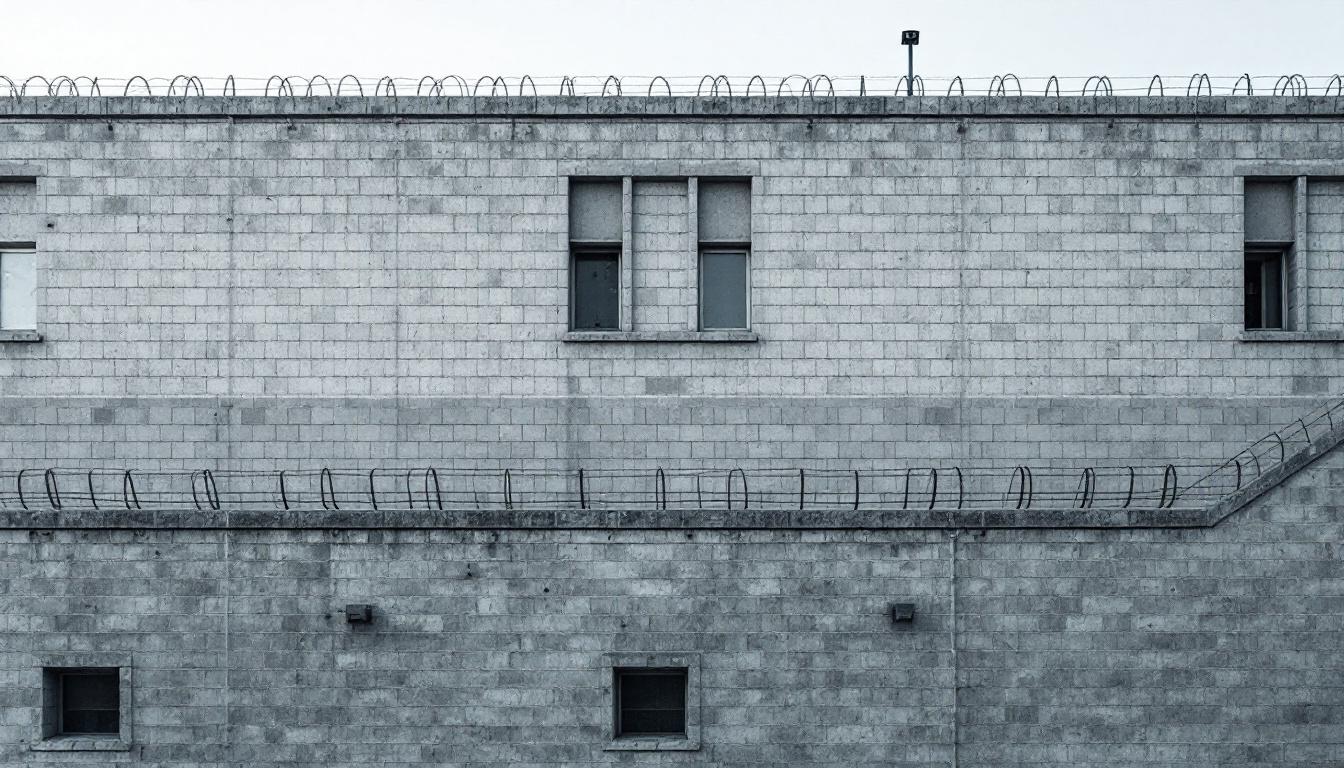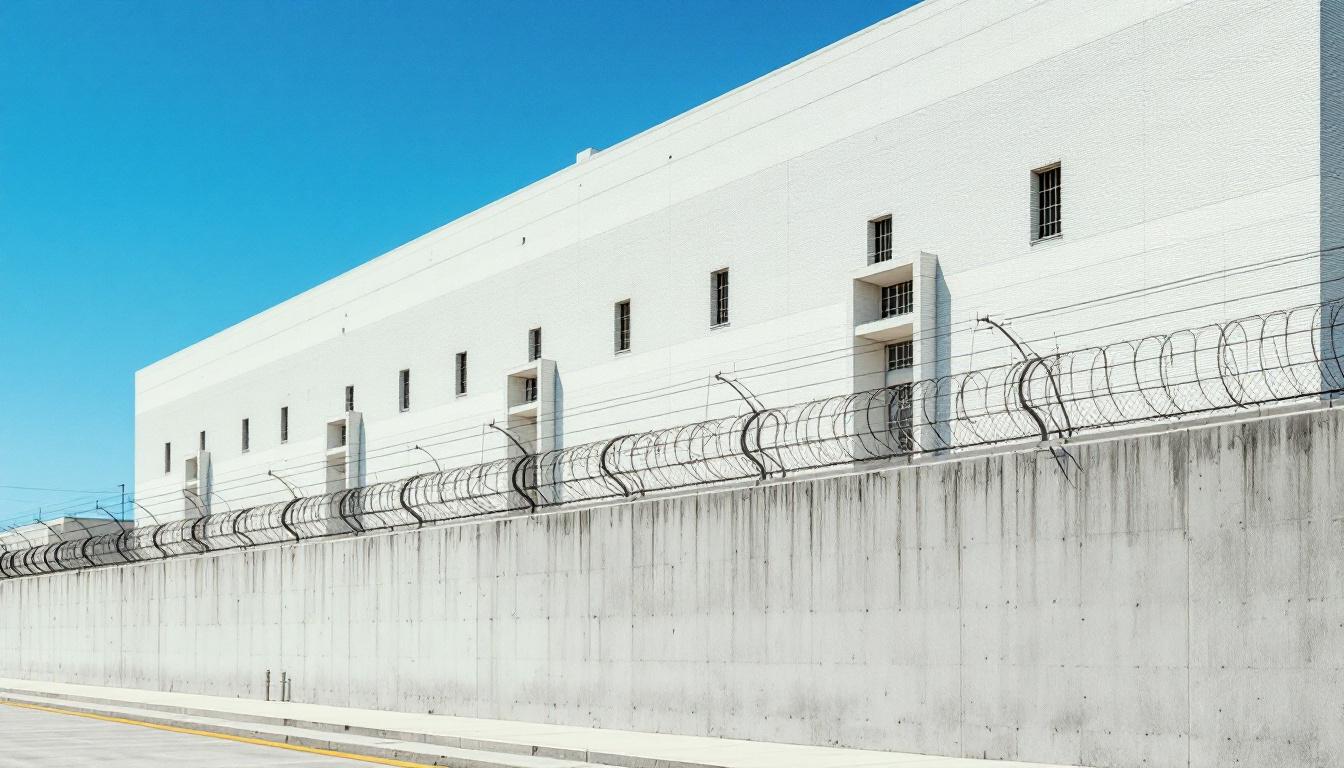
Quick Navigation
How to contact an inmate at Dane County Sheriff
This comprehensive guide will walk you through how to connect with an inmate at Dane County Sheriff. Follow the steps below to find an inmate and send letters and photos:
- Search for the inmate using our search tool below
- Create your account or log in to Penmate
- Write your message (up to 6,000 characters)
- Send instantly - inmates receive printed copies daily
Find an Inmate
Search for an inmate to start communicating today
Tip: You can search by first name, last name, or inmate ID number
To contact a person at Dane County Sheriff start by searching for the person on the official facility website. Perform a search by following these steps:
- Step 1: Enter their first name and last name into the search form and click "Search"
- Step 2: Locate their inmate record
- Step 3: Write down their Inmate ID and any housing information provided
Important! Be sure to enter the person's full name. Nicknames should not be used.
How to Send Messages to Inmates

You can use your phone or computer to send emails, letters, and photos to an inmate. Messages are sent electronically to inmate tablets or kiosks at the facility. If you would like to send a message, start by searching for an inmate at Dane County Sheriff.
Sending Photos and Postcards

A great way to send love and support to a loved one at Dane County Sheriff is to send photos and postcards. It only takes a few minutes to send photos from your phone and it makes a huge difference. You can also mail postcards with words of support and inspiration, or design your own postcard for special moments like birthdays and holidays.
Important! Be sure not to send any explicit photos or they may not be approved by the facility. You can also use a photo printing app like Penmate to make sure your photos are printed at the correct size (4x6 or 3x5) and are mailed according to the rules and regulations of Dane County Sheriff.
Frequently asked questions about Dane County Sheriff
-
How long does it take to deliver a message?
If you're sending an email message your letter is usually delivered within 24-48 hours. For messages sent via mail you should expect delivery within 3-7 days. All messages will need be approved by Dane County Sheriff.
-
How much does it cost to send a message to Dane County Sheriff?
You can send a message free using your phone or mail a message via USPS for the price of a $0.60 stamp and envelope. You can also purchase credits or e-stamps from services starting at $1.99.
-
What services can I use to contact an inmate at Dane County Sheriff?
Penmate
You can use Penmate to send letters and photos to an inmate from your phone. It's an easy way to stay in touch during your loved one's incarceration. Use the inmate locator to find an inmate's location and contact information, then you can send messages within a few minutes.
Securus messaging
Securus may be another option for communicating with an inmate at Dane County Sheriff. You can create a friends and family account and purchase credits to send messages. All messages will be reviewed and must be approved by the facility.
JPay
Some county jails and state prisons may support sending messages with JPay. You must register an account with the system, find your loved one, and purchase stamps to send messages. For some locations you can also attach photos.
Smart Jail Mail
You may also check if Smart Jail Mail is available at Dane County Sheriff. Smart Jail Mail is operated by Smart Communications and has contracted with some state and county jails. After purchasing credits, your messages and photos are sent to the facility, printed out, and then handed out to your loved one.
-
What is the mailing address of Dane County Sheriff?
Mailing address:
Dane County Sheriff
115 W Doty St
Madison, WI 53703
Phone: (608) 284-6800Business hours:
- Monday: 7:45 AM – 4:30 PM
- Tuesday: 7:45 AM – 4:30 PM
- Wednesday: 7:45 AM – 4:30 PM
- Thursday: 7:45 AM – 4:30 PM
- Friday: 7:45 AM – 4:30 PM
- Saturday: Closed
- Sunday: Closed
-
What are the visiting hours at Dane County Sheriff?
Visiting hours at Dane County Sheriff vary by housing unit and security level. Generally, visits are scheduled on weekends and holidays, with some facilities offering weekday visits. Contact the facility directly at (608) 284-6800 or check their website for the current visiting schedule. Visits typically last 30-60 minutes and must be scheduled in advance.
-
What items are prohibited when sending mail to Dane County Sheriff?
Prohibited items typically include: cash, personal checks, stamps, stickers, glitter, glue, tape, staples, paperclips, polaroid photos, musical or blank greeting cards, hardcover books, magazines with staples, and any items containing metal or electronics. Only send letters on plain white paper with blue or black ink. Photos must be printed on regular photo paper (no Polaroids). Always check with Dane County Sheriff for their specific mail policies.
-
How do I send money to an inmate at Dane County Sheriff?
You can send money to an inmate at Dane County Sheriff through several methods: 1) Online using JPay, Access Corrections, or the facility's approved vendor, 2) Money orders mailed directly to the facility with the inmate's name and ID number, 3) Kiosks located in the facility lobby, or 4) Over the phone using a credit or debit card. Fees vary by method, typically ranging from $2.95 to $11.95 per transaction.
-
Can I schedule a video visit with an inmate at Dane County Sheriff?
Many facilities now offer video visitation as an alternative to in-person visits. At Dane County Sheriff, video visits may be available through services like Penmate, Securus Video Connect, GTL, or ICSolutions. Video visits typically cost $10-20 for 20-30 minutes and must be scheduled in advance. You'll need a computer or smartphone with a camera and reliable internet connection. Contact the facility for their specific video visitation policies and approved vendors.
-
What identification do I need to visit an inmate at Dane County Sheriff?
All visitors must present valid government-issued photo identification such as a driver's license, state ID, passport, or military ID. Minors must be accompanied by a parent or legal guardian who can provide the minor's birth certificate. Some facilities require visitors to be on the inmate's approved visitation list, which may require a background check. Contact Dane County Sheriff for specific ID requirements and visitor approval procedures.
-
How can I find out an inmate's release date?
To find an inmate's release date at Dane County Sheriff, you can: 1) Use the online inmate search tool if available, 2) Call the facility's records department, 3) Contact the inmate's case manager or counselor, or 4) Have the inmate provide this information during a call or visit. For privacy reasons, some facilities only release this information to immediate family members.
Facility Overview
Official Website

About Dane County Sheriff
Within the heart of Wisconsin's capital city, the Dane County Jail, WI serves as a cornerstone facility in the state's correctional infrastructure, balancing public safety objectives with comprehensive rehabilitation initiatives. This WI correctional facility operates as an integral component of the broader Midwest corrections network, coordinating closely with state and federal agencies to ensure effective case management and seamless transitions for individuals moving through various levels of the justice system. The facility's strategic position in Madison enables it to leverage regional resources while maintaining strong community connections that support successful reintegration outcomes.
The institution typically emphasizes evidence-based programming designed to address underlying factors that contribute to criminal behavior, with residents services often encompassing educational opportunities, substance abuse treatment, and vocational training initiatives. Mental health support and medical care generally form essential components of the facility's comprehensive approach, recognizing that addressing these fundamental needs significantly improves post-release success rates. Through structured daily routines and progressive programming, this county jail works to prepare individuals for productive community reentry while maintaining the security standards necessary for public safety.
As part of Wisconsin's interconnected correctional system, the facility generally coordinates with probation services, treatment providers, and community organizations to create continuity of care that extends beyond incarceration. The Madison location provides access to educational partnerships and employment resources that may enhance rehabilitation programming, while the facility's role in the regional network ensures appropriate placement and resource allocation across the state's correctional infrastructure.
Programs & Services
Cognitive interventions and therapeutic support form the cornerstone of rehabilitation efforts, with residents participating in structured initiatives designed to address underlying behavioral patterns and decision-making processes. These evidence-based approaches typically focus on developing critical thinking skills and emotional regulation techniques that residents can apply both during their incarceration and upon reintegration into the community. The facility's philosophy emphasizes personal growth through a combination of educational advancement, practical skill development, and mental health support services.
Educational services may deliver comprehensive academic programming alongside civic education initiatives that help residents understand their rights and responsibilities as community members. Vocational programs often complement traditional classroom learning by providing hands-on training in areas such as building maintenance, which allows residents to develop marketable skills while contributing to facility operations. These educational and vocational initiatives typically prepare participants for employment opportunities and higher education pursuits following their release.
Additionally, therapeutic programming includes group therapy sessions that address substance abuse, anger management, and interpersonal relationships through structured discussions and peer support networks. Creative writing initiatives may offer residents an outlet for self-expression while developing communication skills and processing their experiences in constructive ways. These support services often work in conjunction with cognitive interventions to create a comprehensive approach to rehabilitation that addresses both practical needs and underlying psychological factors contributing to criminal behavior.
Daily Life & Visitation
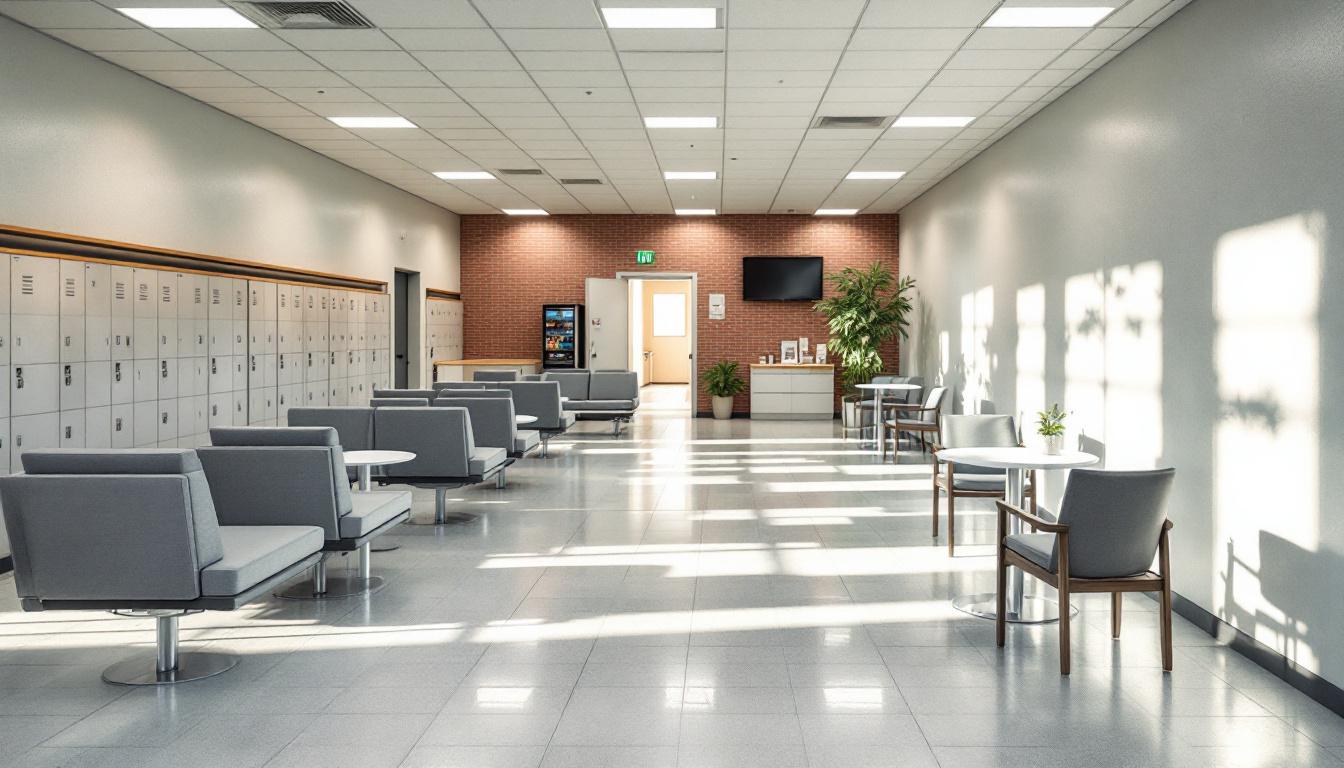
Structure now governs every aspect of residential life, with regularly scheduled activities that create predictable patterns throughout each day. Wake-up calls typically occur in the early morning hours, followed by scheduled meal times that bring residents together in designated dining areas. The day unfolds with a series of planned activities including work assignments, educational programming, and recreational periods. Count times occur regularly to ensure accountability and safety. This consistent framework helps residents adapt to their environment while maintaining a sense of routine that many find stabilizing during their stay.
Living accommodations at the facility typically consist of shared housing units where residents are assigned based on various classification factors. Each housing area generally includes common spaces for dining and recreation, along with individual or shared sleeping quarters. Personal property allowances are usually limited but may include basic hygiene items, approved clothing, and small personal effects. Additionally, residents often have access to commissary services where they can purchase approved items using funds from their accounts. The structured environment includes designated times for personal hygiene, cleaning responsibilities, and quiet periods.
Programming schedules deliver educational opportunities, substance abuse counseling, and job training that residents may participate in based on their length of stay and eligibility. Work assignments within the facility often include kitchen duties, maintenance tasks, and cleaning responsibilities that help maintain daily operations. While recreational activities typically include access to television, reading materials, and exercise periods, the specific offerings may vary based on facility resources and security considerations. Family connections remain important through scheduled visitation periods and telephone privileges, which generally operate within established timeframes and guidelines. These various components work together to create a structured environment that aims to provide stability while residents navigate their legal proceedings.
Ready to Connect?
Start communicating with your loved one today
Search for an Inmate
